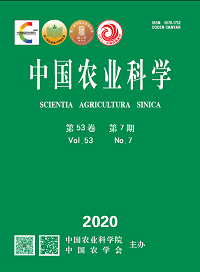Wheat alien species are vast reservoir of diversity for disease and pest resistance as well as stress tolerance, which are excellent gene sources for wheat breeding. Through wide hybridization, the genes of alien species could be transferred to wheat to create wheat-alien chromosome lines such as amphiploids or partial amphiploids, additions, substitutions and translocation lines. These genetic stocks could be utilized to study chromosome behavior and genome evolution, mapping genes, and diversifying the genetic basis of wheat for diseases and pest resistance, as well as yield and quality improvement. In order to understand the progress of wheat wide hybridization and useful gene transfer from alien species to wheat, in this paper, the classification of the tribe Triticeae, the definition and significance of wheat wide hybridization, alien transfers progress from species belonging to genera Aegilops, Secale, Thinopyrum, Dasypyrum, Agropyron, Hordeum, Elymus, Leymus, Psathyrostachys and Eremopyrum to wheat have been summarized and discussed. To date, the official designated genes originated from wheat alien species include 17 stripe rust resistance genes, 35 leaf rust resistance gens, 30 stem rust resistance genes, 41 powdery mildew resistance genes, 3 Fusarium head blight-resistance genes, one wheat blast resistance gene, one Septoria tritici blotch resistance genes, one Septoria nodorum blotch resistance gene, 4 tan spot resistance genes, 2 eyespot resistance genes, one wheat spindle streak mosaic virus resistance gene, 2 wheat streak mosaic virus resistance genes and 2 cereal yellow dwarf resistance genes. Names and the chromosomal locations of these disease resistance genes were inducted. Moreover, the utilization of these genes in wheat breeding has also been reviewed and summarized. In the history of world wheat breeding, disease resistant germplasms such as wheat-rye 1RS·1BL translocation, 1RS·1AL translocation and wheat-Aegilops ventricosa 2NS/2AS translocation have made outstanding contributions. However, this only benefited from the utilization of a few disease resistant genes. Compared to the number of the designated genes, relatively few disease-resistant genes have been used in wheat breeding. In this paper, the limiting factors for the underutilization are discussed. Suggestions on how to use these disease-resistant genes in the future are put forward. Meanwhile, the cloned disease-resistant genes from wheat alien species are listed. The methods of cloning these genes and the possible research hotspots in the future are also analyzed. It is believed that the development and application of wheat-wild species translocation lines without genetic drag may be an important driving force for material innovation and variety breeding in the future.









